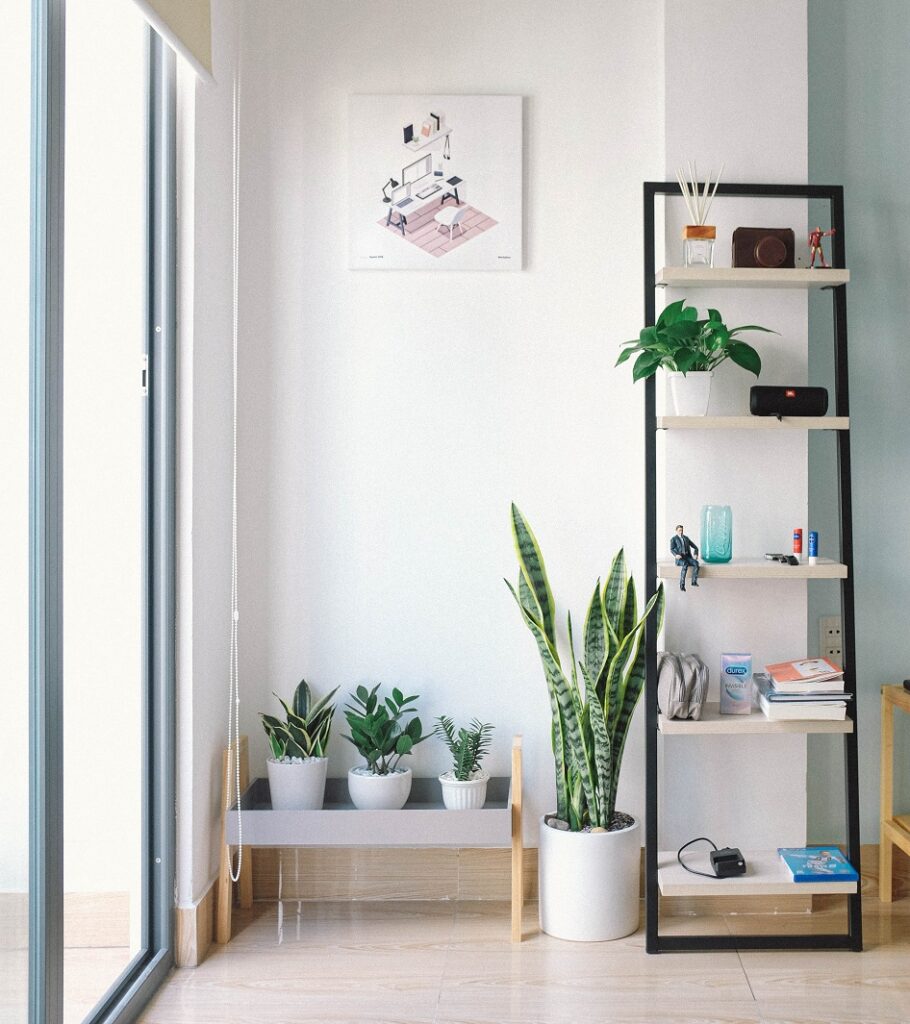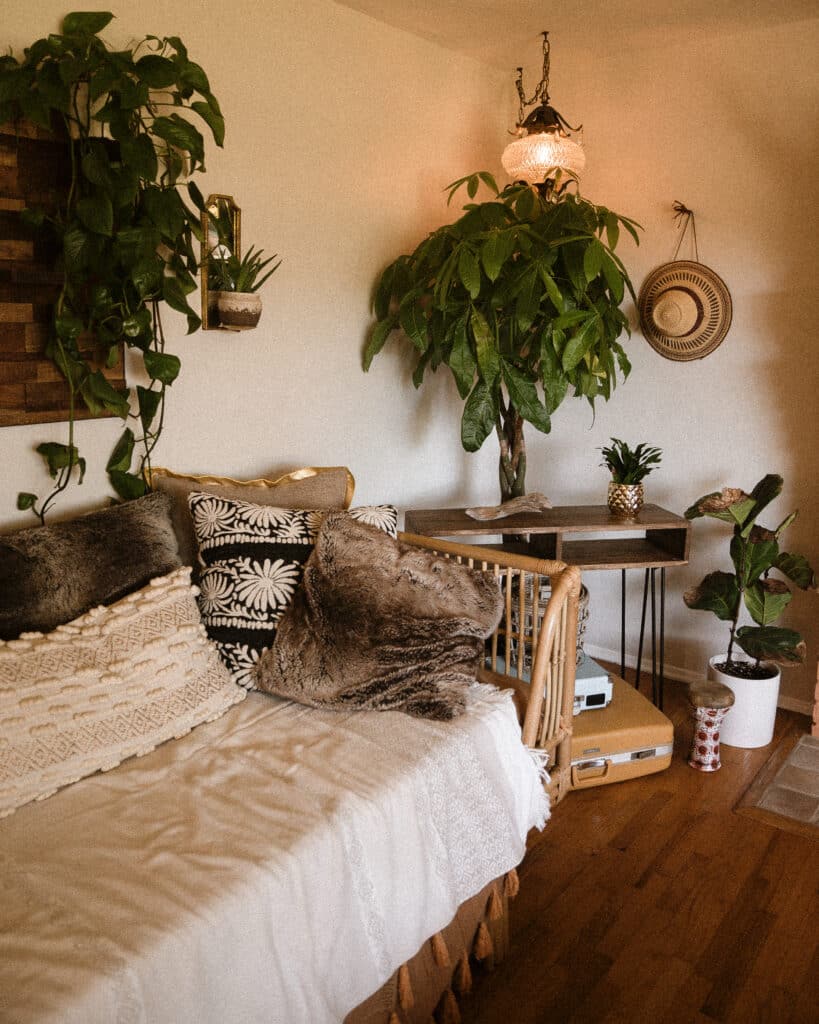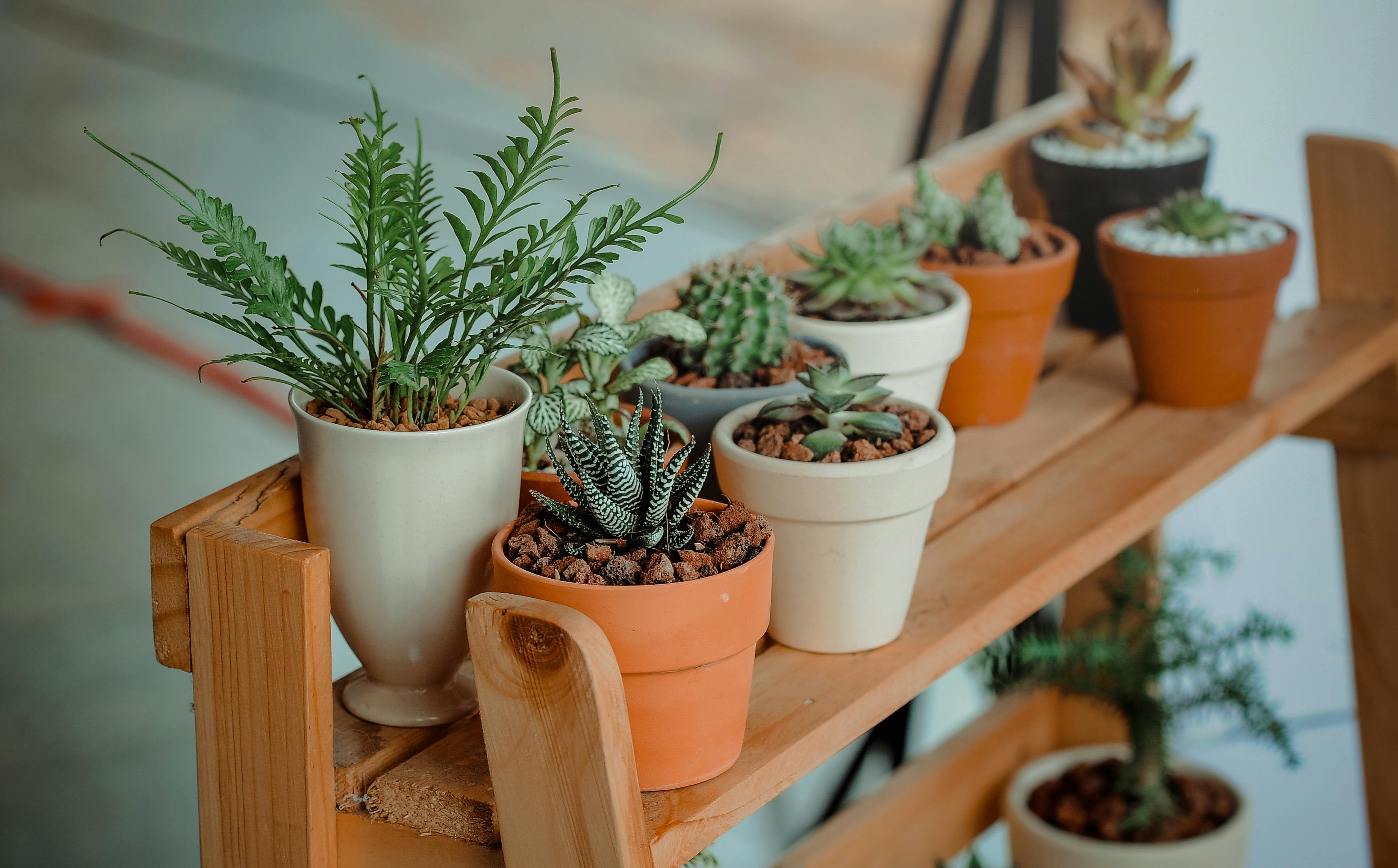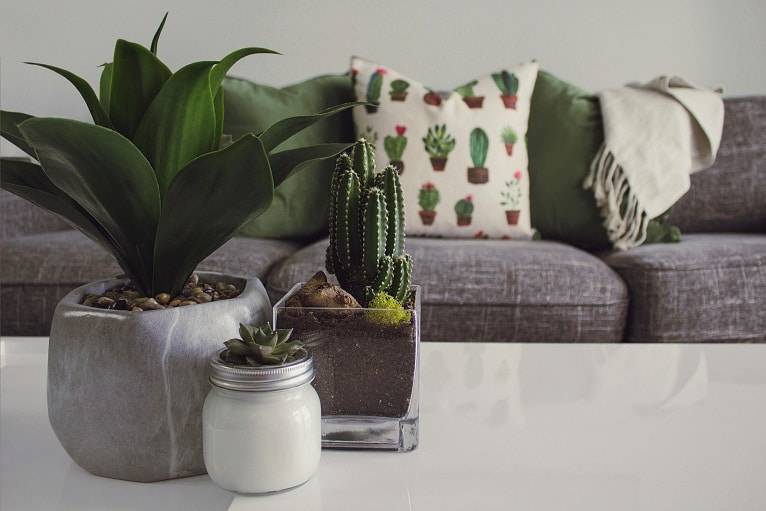Discover the best care tips for houseplants to help your indoor greenery thrive. From watering schedules to light requirements, we’ve got you covered for a healthy and vibrant indoor garden.
Alright, so you’ve finally decided to bring some greenery into your home and embrace the joys of houseplants. But now what? How do you ensure that your new leafy friends thrive rather than wither away? In this article, we’ll explore the best care tips for houseplants, covering everything from watering and sunlight needs to pest control and fertilizing.
Explore the best care tips for houseplants
Take care of the houseplants because it proves to be a rewarding and gives an enjoyable experience. However, proper care demands high end knowledge and effort. So, if you are ready to do the effort find the best care tips for houseplants. These tips will keep the indoor greenery healthy and vibrant.
Choosing the Right Houseplant
Choosing the right houseplant for your space depends on several factors. Evaluate the light requirements of the plant. Some plants thrive in bright, direct sunlight, while others prefer indirect or low light conditions. Assessing the available natural light sources in your home will help you determine which plants will be best suited for each area.
Temperature preferences are another crucial aspect to consider when selecting a houseplant. Some plants prefer warm temperatures, while others thrive in cooler environments. Understanding the preferred temperature range of the plants you are interested in will ensure that you can provide them with the suitable conditions for optimal growth.
Humidity needs vary among different houseplants as well. Some plants, such as tropical species, require high humidity levels to thrive, while others can tolerate drier conditions. Knowing the humidity preferences of your chosen plants will help you create an environment that promotes their well-being.
Space availability is an important consideration when selecting houseplants. Determine how much space you have for your plant collection and choose plants that will fit the allocated areas without becoming overcrowded. Consider the height, width, and growth habits of the plants to ensure they will have enough room to flourish.
Lastly, before making your final decision, check the soil type preferences of the plants you are considering. Some plants thrive in well-draining soil, while others prefer a slightly more moisture-retentive mix. Understanding the soil type requirements will help you provide the appropriate growing medium for your houseplants.

Providing Adequate Lighting
Providing reliable lighting is one of the best care tips for houseplants. It is good to provide them with proper lighting to ensure their health and growth. Identify the natural light sources in your home, such as windows or skylights, and place your plants accordingly. Plants that require bright light should be placed near windows with direct sunlight, while low light plants can be placed further away.
To ensure even exposure to light, it is good to rotate your plants regularly. Turning them every few weeks will prevent uneven growth and help all parts of the plant receive ample light. If your home lacks sufficient natural light, you can supplement it with artificial lighting. LED grow lights or fluorescent lights can be used to provide the necessary light intensity for your plants.
While plants require light for photosynthesis, it is crucial to avoid exposing them to direct sunlight during peak hours. The intense heat and radiation during midday can cause damage to your plants’ leaves. Instead, place them in areas where they can receive the morning or afternoon sun, or use curtains or shades to filter the sunlight.

Regulating Temperature
Temperature regulation is also one of the best care tips for houseplants. It is vital for the well-being of your houseplants. Different plants have varying temperature preferences, and understanding these preferences will help you provide the optimal conditions for each one. Some plants thrive in warm temperatures, while others prefer cooler environments.
Avoid subjecting your plants to extreme temperature fluctuations, as they can cause stress and harm to them. Keep your plants away from drafts, such as near windows or doors, where they may be exposed to cold air. Similarly, protect them from heat sources like radiators or heating vents, as excessive heat can be detrimental to their health.
Keep in mind that the temperature requirements of houseplants may vary depending on the season. Some plants may tolerate cooler temperatures during the winter months but require warmer temperatures in the summer. Be aware of these variations throughout the year and adjust the temperature accordingly.
Maintaining Proper Humidity
Humidity plays a significant role in the health and growth of your houseplants. Understanding the humidity preferences of your plants will help you create the appropriate environment to support their growth. Some plants, such as ferns or orchids, require high humidity levels, while others can tolerate drier conditions.
Misting the foliage regularly with water is an efficient way to increase humidity around your plants. Fill a spray bottle with clean, room temperature water and mist the leaves without soaking them completely. This practice mimics the natural moisture in their native environments and provides a humid microclimate.
Using a humidifier is another effective way to regulate humidity levels in your home. Set up a humidifier near your plants or create a pebble tray. For a pebble tray, place a tray filled with water and decorative pebbles near your plants. As the water evaporates, it increases the humidity around them.
Grouping plants together can also help increase humidity levels. This technique creates a microclimate where plants release moisture through transpiration, increasing the humidity in close proximity to them.

Watering Techniques
Watering your plants correctly is essential for their overall health.. Determining the watering frequency for each plant is crucial, as different species have different needs. Some plants prefer to dry out between watering, while others enjoy consistent moist soil.
Using the right type of water is another important factor to consider. Most houseplants prefer lukewarm, room temperature water. Tap water is generally suitable, but if your water is hard or contains high levels of chlorine, consider using filtered or distilled water.
When watering your plants, it is essential to water thoroughly and allow for proper drainage. Water until the excess starts draining out from the bottom of the pot. This ensures that the root system receives enough water without sitting in a waterlogged environment, which can lead to root rot.
Avoid overwatering your houseplants, as this can suffocate the roots and cause them to rot. Check the moisture level of the soil regularly by inserting your finger about an inch deep into the soil. If it feels dry, it’s time to water, but if it still feels moist, wait a little longer.
Applying Fertilizers
How can you forget this one of the best care tips for houseplants. Fertilizing your houseplants is necessary to provide them with the essential nutrients they need for healthy growth. Choose the appropriate type of fertilizer for your plants, whether it’s a balanced, slow-release, or specialized formula. Consult the label or ask a horticulturist for guidance on the best options for your specific plants.
Follow the recommended dosage provided on the fertilizer packaging. Applying too much fertilizer can burn your plants’ roots and cause damage, while too little can result in nutrient deficiencies. Moderation is key when it comes to fertilizing your houseplants.
Apply fertilizers during the active growth period of your plants, typically in the spring and summer months. This is when they require the most nutrients to support their growth. Read the instructions on the fertilizer packaging to determine the best time to fertilize.
Avoid excessive fertilization, as this can lead to a buildup of salts in the soil, causing root damage and nutrient imbalances. If you notice salt residue or white crust on the soil’s surface, it may be a sign of over-fertilization. In such cases, flush the soil with plenty of water to help remove the excess salts.

Pruning and Trimming
Pruning and trimming are essential maintenance tasks to ensure the health and aesthetics of your houseplants. Removing dead or yellowing foliage is crucial as it prevents the spread of diseases and allows the plant to focus its energy on healthy growth.
Trim excessive growth to maintain the desired size and shape of your plants. This promotes more compact and bushier growth and prevents them from becoming leggy and sparse. Pruning also helps increase air circulation, reducing the risk of fungal diseases.
When pruning, make sure to sterilize your tools before use to prevent the transmission of diseases. Use rubbing alcohol or a diluted bleach solution to clean the blades of your shears or scissors. This helps prevent cross-contamination between plants and keeps them healthy.
Preventing Pest Infestations
Regularly inspecting your houseplants for signs of pests is crucial to catch infestations early and take necessary action. Look out for common pests such as aphids, mealybugs, spider mites, black flies and scale insects. Early detection allows you to isolate infested plants and prevent the spread to other healthy plants.
Isolate any plants that show signs of pests to prevent the infestation from spreading. Place them away from other plants until you have treated the problem. This helps contain the pests and prevents them from infesting your entire plant collection.
You simply cannot ignore pest infestations while having plants at home. Use natural or chemical pest control methods to get rid of pests. Even natural methods proves to be one of the best care tips for houseplants to get rid of pests. You may wipe off pests with a damp cloth, using insecticidal soap or neem oil sprays, or introducing beneficial insects like ladybugs or predatory mites. Chemical pest control products can also be used if natural methods prove ineffective, but be sure to follow the instructions carefully and use them sparingly.
Maintain cleanliness and hygiene around your plants to prevent pest infestations. Remove fallen leaves and debris regularly, as they can harbor pests and diseases. Keep the area around your plants clean and free from dead plant material to discourage pests from taking hold.

Repotting and Soil Maintenance
Repotting your houseplants is necessary because it is the best care tips for houseplants. Usually plants become root-bound, meaning the roots have outgrown their current container. Choose the right pot size for each plant, allowing for proper drainage and room for growth. Use a well-draining potting soil that suits the needs of your specific plants.
When repotting, gently remove the plant from its current pot, being careful not to damage the roots. Loosen the root ball and place it in the new pot, filling in the surrounding space with fresh potting soil. Water thoroughly after repotting to help settle the plant in its new home.
Refreshing the soil periodically is essential to replenish nutrients and maintain optimal growing conditions. Every year or two, replace the top few inches of soil with fresh potting mix. This helps prevent nutrient depletion and improves the overall health of your plants.
Avoid disturbing the plant’s roots during maintenance to prevent stress and shock. When repotting the soil, handle the roots gently and avoid to remove large amounts of soil, as this can disrupt the plant’s health.
Seasonal Considerations
Adapting your care routine to changing seasons is vital for the well-being of your houseplants. Different seasons bring varying light levels, temperatures, and humidity, which can affect plant growth. Adjusting your care practices accordingly will help your plants thrive year-round.
In the winter months, when natural light levels are lower, consider supplementing with artificial lighting. Similarly, during the summer, provide some shade or filter direct sunlight to prevent leaf burn.
Temperature fluctuations occur throughout the year, so it’s crucial to adjust the temperature for your plants. Monitor the temperature in your home and make necessary adjustments. During colder months, protect plants from drafts and ensure they are not exposed to excessively cold air. In warmer months, provide proper ventilation to prevent overheating.
Modify the watering frequency and fertilization schedule as the seasons change. In general, plants require less water during the winter months when they are in a dormancy period. Increase watering and fertilization during the spring and summer months, when plants are actively growing and require more resources.
Conclusion
Protect your plants from extreme weather conditions such as frost, heatwaves, or strong winds. Move sensitive plants indoors during freezing temperatures and provide shade or shelter for heat-sensitive plants during hot spells. Consider these tips to help plants remain healthy throughout the seasons.
By considering the light requirements, temperature preferences, humidity needs, space availability, and soil type preferences when choosing a houseplant, and implementing adequate lighting, temperature regulation, humidity maintenance, watering techniques, fertilization, pruning, pest prevention, repotting, and seasonal adjustments, you can create a thriving indoor garden.
With proper care, your houseplants will not only enhance the aesthetics of your home but also bring joy and a sense of nature into your living space. Enjoy the process of nurturing your green garden with the best care tips for houseplants. Watch them grow under your care.




